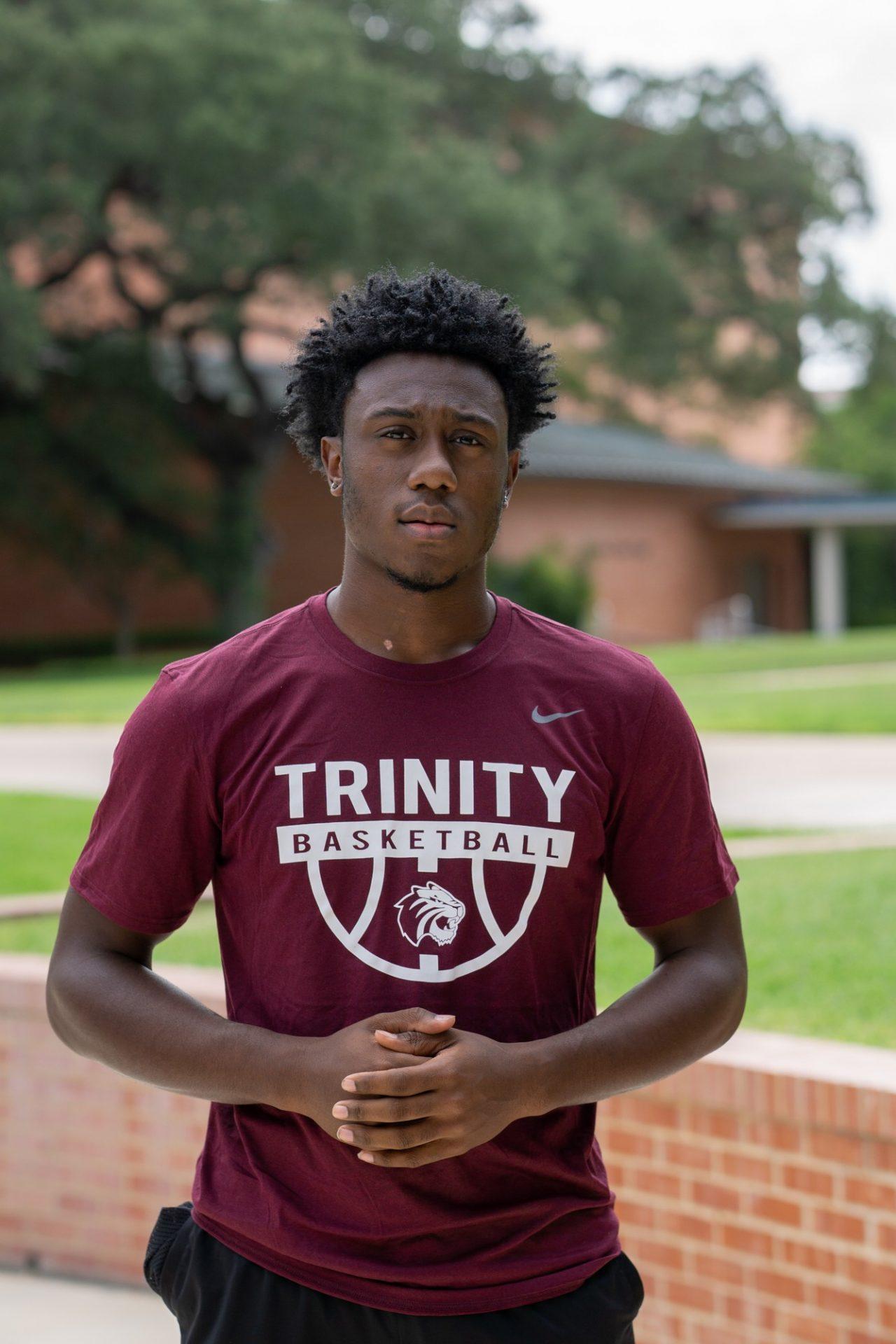Students discuss watching pro sports without fans
While many fall sports at a collegiate level have been canceled, athletes at the professional level are still proceeding with their 2020 seasons. In order to prevent the spread of COVID-19, and to protect players, professional sports are largely playing games without a live crowd.
Some leagues like National Basketball Association (NBA) and Ultimate Fighting Championship (UFC) have placed athletes in a “bubble” to prevent them from contracting the virus. While Major League Baseball (MLB) has opted out of isolating teams from the general population, the league has prohibited fan attendance at games. Similarly, as of September 2nd, the plan for the National Football League season (which begins September 10th) is to not put players in a bubble. Out of the total 32 NFL teams, most will start the year with either no fans allowed or a very limited capacity, such as in Cleveland and Miami.
While the “bubble” model is helpful in ensuring the safety of the players, having all the teams isolated in one place has changed the viewing experience, according to sophomore and NBA fan Jalen White.
“I think what feels different to me is that we’re not witnessing the travel behind it, the culture behind it. We can’t rally around that, we can’t meet at a certain place to watch the game, you know what I mean?” White said. “All teams are in one location and it’s pretty hard to keep track of when games are because they just run throughout the day and we’re in class those days, so we can’t even watch the games sometimes.”

photo by Kate Nuelle
Scheduling back-to-back games is not the only big change that the NBA has made in response to COVID-19. Fans watching a basketball game on TV may notice recorded crowd noises in the background and fan reactions played out on the jumbotron, as fans have the opportunity to essentially FaceTime into the stadium.
According to White, the attempt to engage fans can’t compare to the experience of having a live crowd.
“[It] is kind of weird to me. I don’t know how the players feel about that, but as a fan watching it, it’s not the same thing, it’s not the real thing. My time watching and following the teams has gone down because of that,” White said.
But sophomore Carter Raney, who keeps up with professional football, baseball and basketball, has a different take on the NBA’s jumbotron solution.

photo by Kate Nuelle
“I thought it was pretty creative, it’s definitely nice that they thought this out,” Raney said.
Raney’s praise of creative sports solutions extends to MLB. Instead of having fans broadcast their reactions live, many teams have offered the chance for people to buy a cardboard cutout of themselves that sits in the stadium as a proxy.
“I think it’s a creative way to mimic [a crowd], and, I guess, seeing your face on a cardboard cutout at a game is pretty fun,” Raney said.
And while the cardboard crowds are different, according to sophomore Bonnie Lloyd who keeps up with MLB, their presence is a nice substitute for the time being.

photo by Kate Nuelle
“I’ve kind of gotten used to it. I think the cutouts in the stands are kind of funny. Every now and then you’ll see someone’s dog out there, which is kind of just cool. But it is really odd to not have the same reaction. I don’t know, it’ll be good to see the stands filled again,” Lloyd said.
There is no denying that without fans, the atmosphere and culture surrounding professional sports is completely different.
In general, games are much quieter now. Without fans to generate white noise and energy, viewers can hear things that they normally couldn’t. For example, during UFC fights you can hear the coaches talking to their athletes, or during a baseball game you might hear players chirping from the dugout. For Lloyd, the increased audibility is a positive.
“I also think it’s funny to hear the players in the dugout sometimes, what they whistle and call out to each other whenever some of them get on base,” Lloyd said.
The downside to increased audibility, however, is the increased potential for fights. While bench clearing brawls are nothing new in baseball, players being able to hear the opponent’s dugout a little to well has already led to some altercations that break social distancing guidelines.
In late July, an altercation led to players flooding the field, yelling at each other and crowding together. The cause? Joe Kelly, Los Angeles Dodgers pitcher, stuck his tongue out at Carlos Correa, Houston Astros shortstop, after overhearing Correa complain in the dugout. In August, Alex Cintron, Astros hitting coach, earned a suspension for a third of the shortened season for his part in a bench-clearing altercation, in which Oakland A’s player, Ramon Laureano, charged the dugout in response to the coach’s chirping.
While heckling your opponent is to be expected, Raney feels that bench-clearers detract from the game overall.
“I’m not one to say I really enjoy when the players fight, I would rather them just chirp at each other,” Raney said.
Overall, whether or not the replacements for fans in the stands are palatable to fans at home is subjective. The determining factor, in Raney’s opinion, is typically what you’re watching the game for.
“I mean it depends, it depends what you’re watching for. The game is the game. The game’s not really going to change as much,” Raney said.
However, if you love the atmosphere and culture that surrounds the game as much as the game itself, the 2020 season may be rough for you. But, as Lloyd explained, that doesn’t mean you can’t still enjoy the season.
“I mean, obviously it’s not going to supplement buying tickets, going to the games, getting involved, going with friends, but I think it’s the best they can do, you know? I think it’s something, better than nothing, rather than just having them not play,” Lloyd said.

My name is Alejandra, and I'm a senior majoring in Neuroscience. I initially joined the Trinitonian as a first-year and worked my way up from a Sports...










